Life and Death of Colonel Blimp, The (1943)
“You laugh at my big belly, but you don’t know how I got it! You laugh at my mustache, but you don’t know why I grew it!”
|
Synopsis: |
|
Genres, Themes, Actors, and Directors:
Review: As we soon learn through a series of flashbacks, Candy was once slender, dashing, and so in love with a beautiful young woman (Deborah Kerr) that her very image haunts him for the rest of his life — a fact which Powell and Pressburger creatively “exploit” by having Kerr play his second love interest (and a third character) as well. Equally relevant to the film’s character-driven plot is Candy’s contentious lifelong friendship with a Prussian officer (Walbrook), who effectively humanizes “the enemy”, and reminds viewers that there are complex histories and lives behind every facet of war. The trio of lead performances by Livesey, Kerr, and Walbrook are uniformly excellent, and the film’s visuals are equally impressive, with Georges Perinal’s Technicolor cinematography and Alfred Junge’s sets collectively bringing the various eras and settings to vibrant life. The makeup used to age Colonel Candy over four decades is astonishingly effective as well. As DVD Savant notes, it’s a miracle that a movie like this — a military satire shot in Technicolor, with countless extras and a lengthy running time — could ever have been made during the height of a devastating world war; indeed, it was bound to raise shackles, which is exactly what happened: Winston Churchill was so outraged by its very premise that he refused to contribute any military equipment to the directors, and refused to allow it to be shown in any other country until two years after the war ended (see TCM’s article for further details). For years it was shown in a butchered 90+ minute incarnation, but film fanatics can now, fortunately, see it in all its 163-minute glory. Redeeming Qualities and Moments:
Must See? Categories
(Listed in 1001 Movies You Must See Before You Die) Links: |
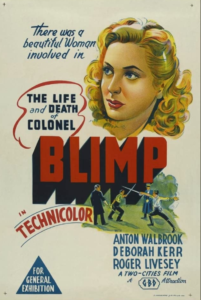
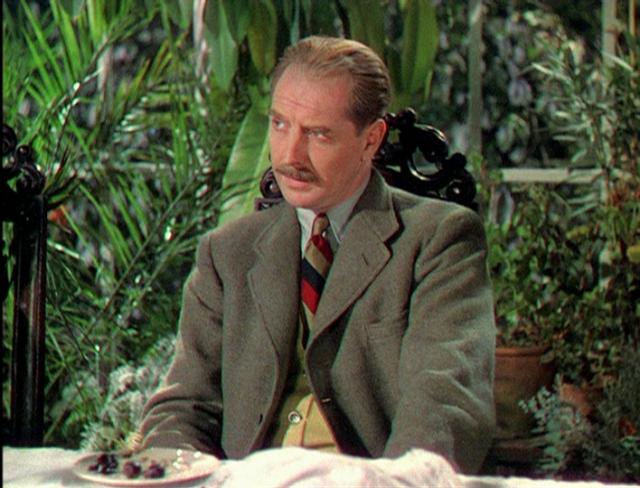
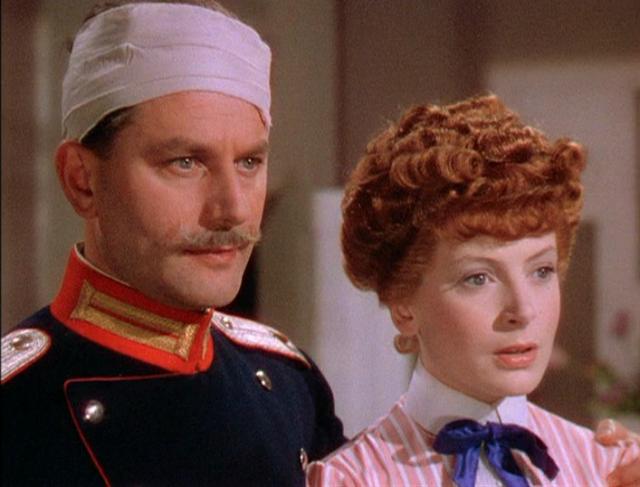

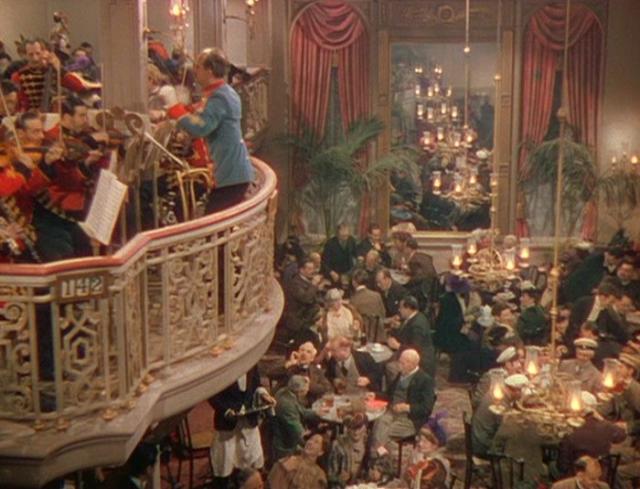
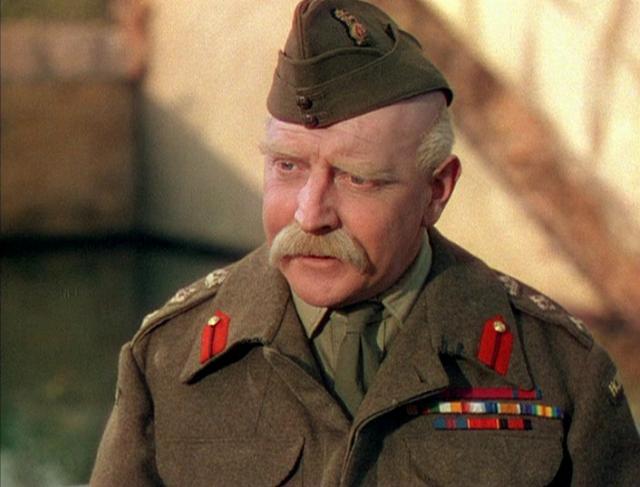
One thought on “Life and Death of Colonel Blimp, The (1943)”
A must – a fine, classic film.
The assessment rather captures my feeling. A rich film to be sure, splendidly merging love, war, loyalty, ideology and old school “very much” vs. new.
Perhaps it’s the open-mindedness of the filmmakers that lends this 1943 film a freshness today. It’s certainly free of the air of propoganda that permeates all too many war films of the period. But, then again, it’s not just a war film. It is, as noted, essentially a character study – a glimpse of a period in history through the eyes of an extraordinary, if still very human, protagonist.
It’s also extraordinary filmmaking – a marvel of craftsmanship. It’s rather remarkable how crisp everything looks; the attention to detail is stunning. And I find the opening of the film especially thrilling – it’s a great way to suck you into a long film.
FFs will most likely not be all that familiar with Livesey, though he did work a few more times with Powell & Pressburger. His performance (aided immeasurably by impeccable make-up) is first-rate. Walbrook is equally memorable – particularly in a long speech to Livesey near the end regarding Naziism – and it’s interesting to compare his work here with his more intense role in ‘The Red Shoes’. Kerr is nothing short of wondrous in her multiple parts. Though I enjoy her throughout, I especially like how she modulates herself in her final role as driver ‘Johnny’.
This is a film to savor. And one worth going back to sometime during one’s film-watching travels.